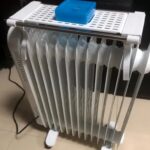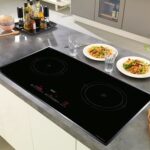1. Television

2. Desktop Computers
For those who work remotely, a desktop computer or laptop is almost indispensable. However, the amount of electricity consumed by a desktop computer will surprise you. Mid-range or high-end computers used for 8-12 hours a day will consume about 70-80 kWh of electricity per month, not to mention that they still consume a small amount of electricity even when turned off. So your household electricity bill will increase rapidly, just like with air conditioners.

3. Refrigerators
Refrigerators are appliances that must operate continuously 24/7 to preserve food. Therefore, they are also inevitable electricity consumers in every household. Medium-sized or larger refrigerators will consume about 30-50 kWh of electricity per month, and this number will be much lower if you use mini or small-capacity refrigerators.
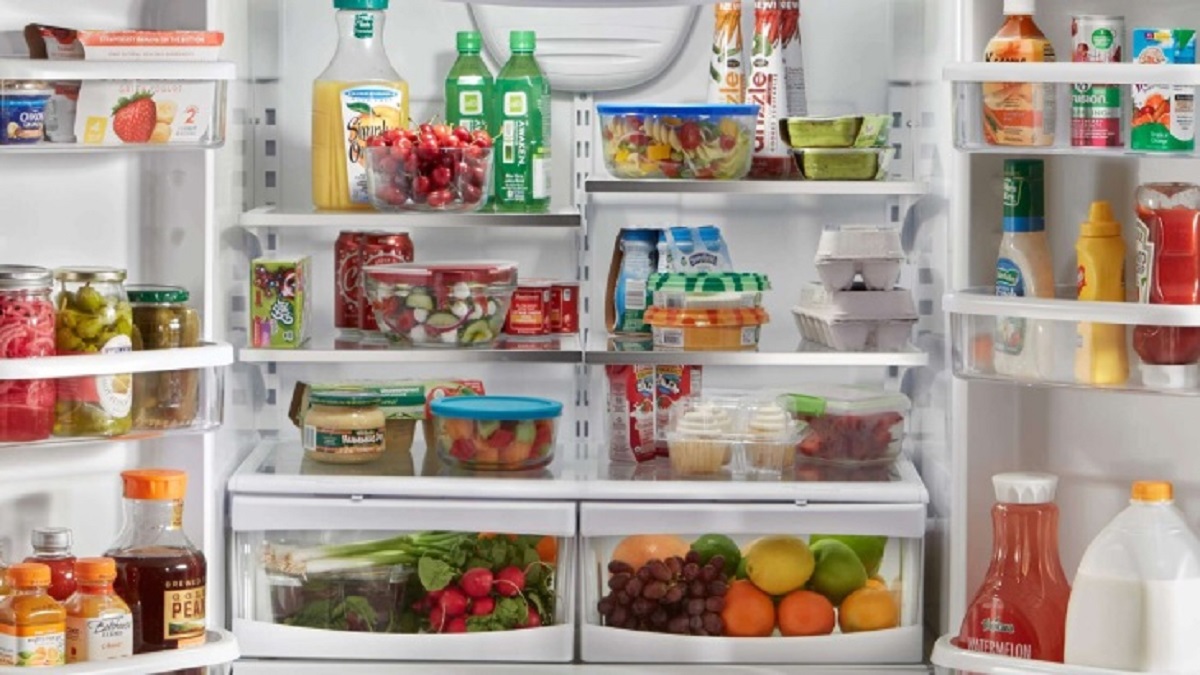
4. Clothes Dryers
In the summer, when it’s not just hot but also rainy for days, many households have to use clothes dryers to dry their clothes and prevent them from getting musty and moldy. The power of these dryers usually ranges from 2,000 to 3,000 watts, so if you use it for an hour a day, it will consume a significant amount of electricity.
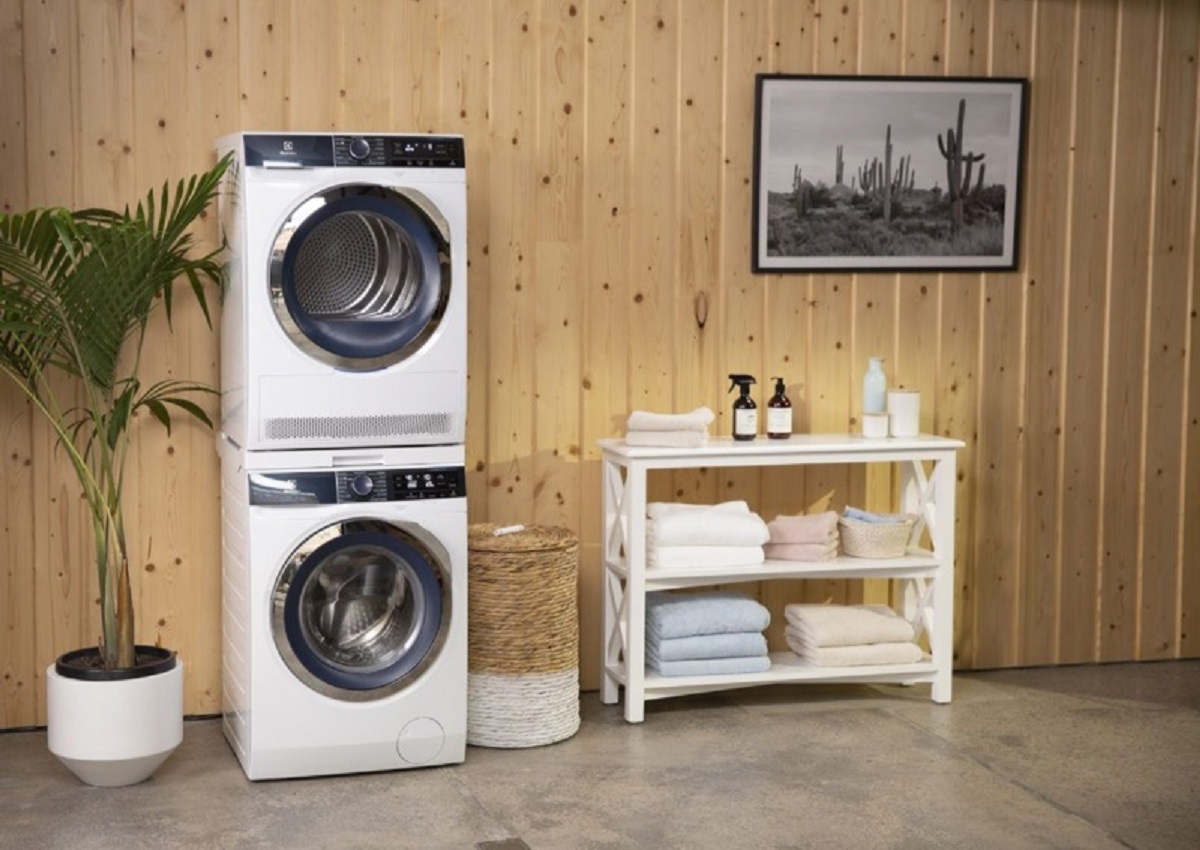
5. Air Coolers
In addition to air conditioners, many families tend to use air coolers to avoid high electricity bills. However, air coolers consume more electricity than you think because they are designed with better cooling capabilities than regular fans, so they also consume more power. The average power of air coolers today ranges from 40 to 60 watts, and for some high-end models, this figure can reach 180 to 200 watts. If you use these appliances for more than 10 hours a day, the monthly electricity consumption will be about 30-60 kWh.
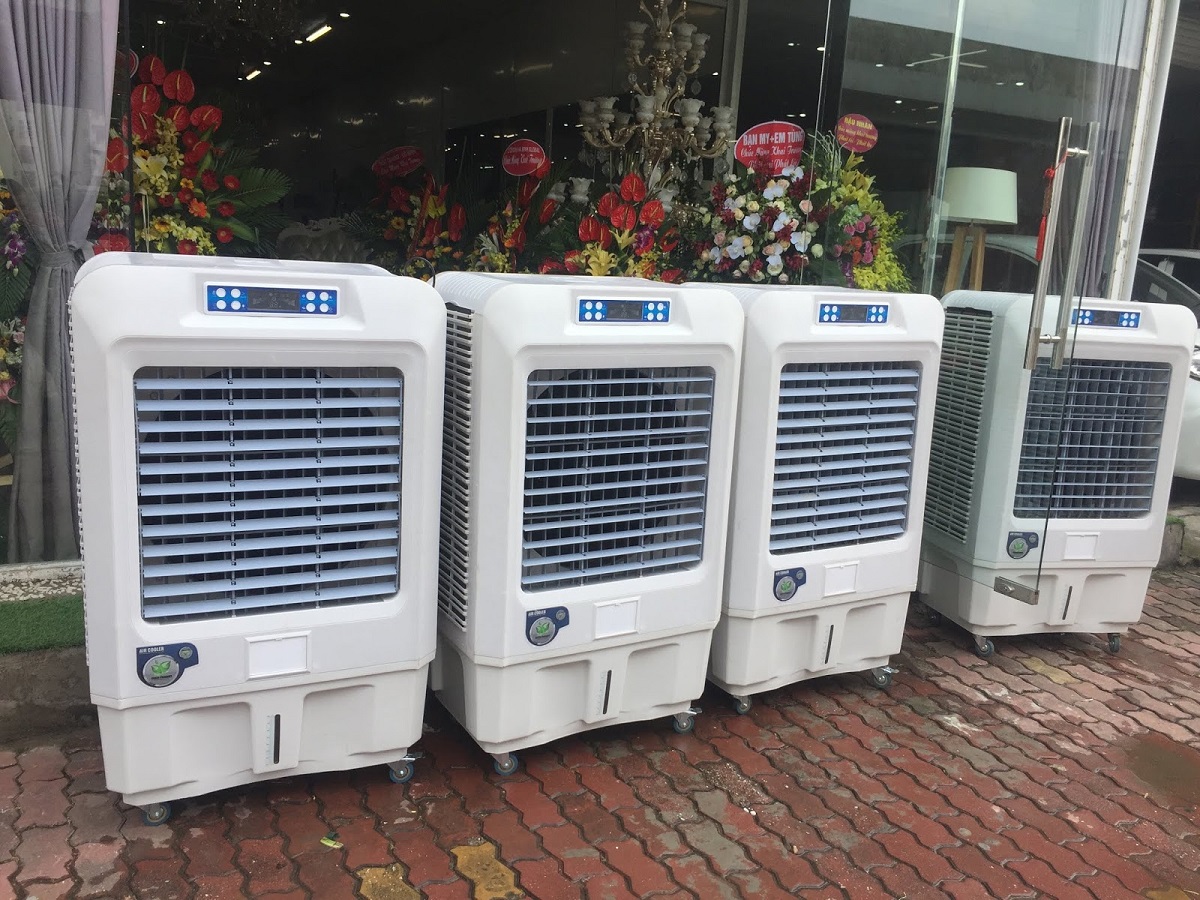
6. Water Heaters
For families with elderly and young members, water heaters are still used daily, even when the weather is hot. With the current capacity of 20 liters or more, if used continuously for about 1 hour a day, water heaters will consume about 70-80 kWh of electricity per month. If your family uses it more, the electricity bill will be even higher.

7. Rice Cookers
Rice cookers are used daily to cook rice and reheat food. On average, rice cookers are used for about 2 hours a day, and with a power consumption of 500 watts, a rice cooker can consume 20-25 kWh of electricity per month. The higher the power of the rice cooker, the higher the electricity consumption.
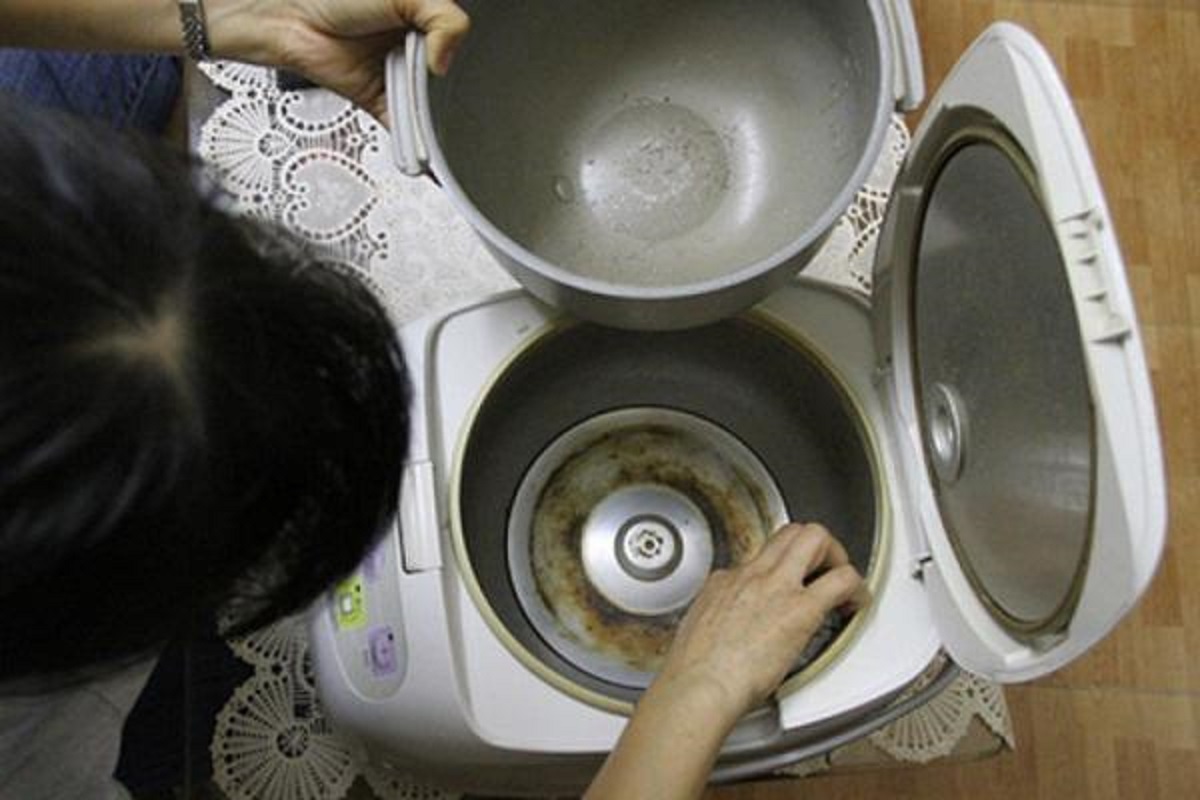
8. Induction and Infrared Cookers
Many families now use induction and infrared cookers instead of traditional gas stoves. This helps them save a certain amount of money on gas bills every month, but they have to pay quite a lot for the electricity bills of these modern cookers. With a usage time of about 2-3 hours a day, each month, families will have to consume 80-100 kWh of electricity (for single stoves) and 170-200 kWh of electricity (for double stoves). That’s a huge number, isn’t it?
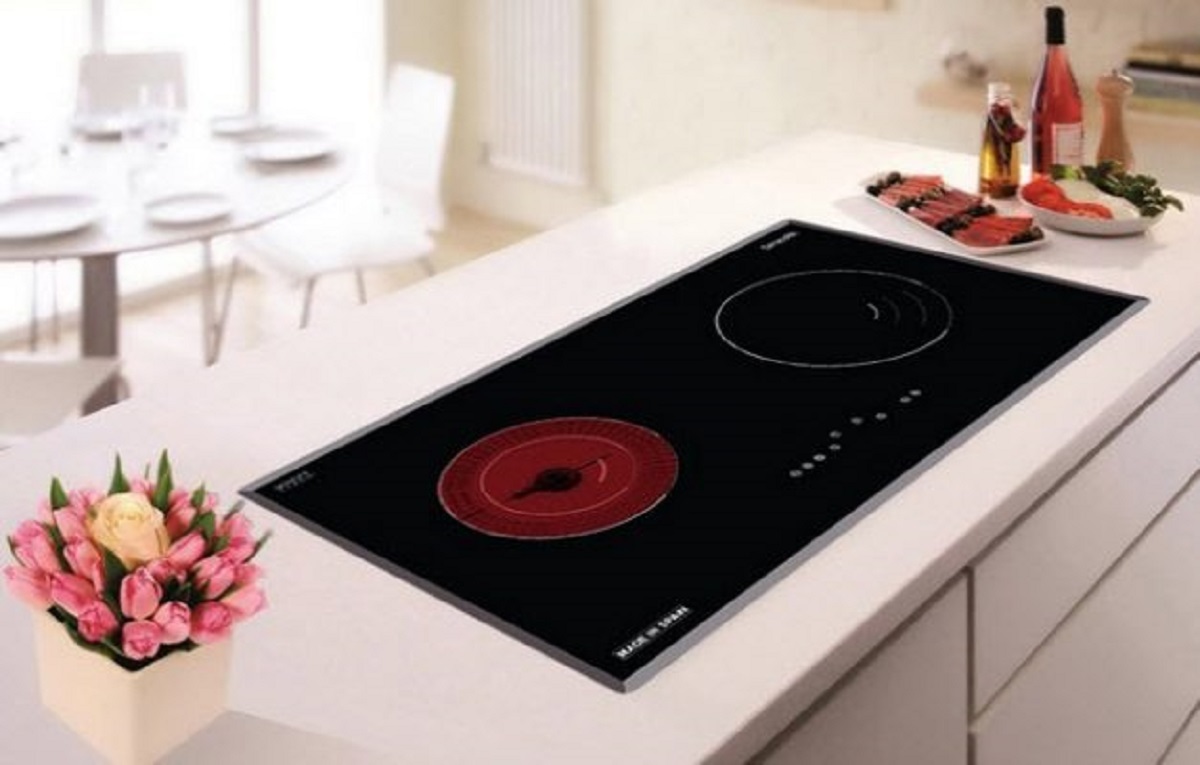
Hopefully, with the information above, every family will be able to change the way they use these electronic devices correctly, avoid wasting electricity, and increase their monthly electricity bills.
The Power Drainers: Unplug These Devices After Use or Risk a Shocking Electricity Bill
“It was an eye-opener when an electrician friend of mine pointed out how certain electrical appliances, if left on standby mode for extended periods, can rack up substantial electricity costs. This got me thinking about how many of us are unaware of these hidden energy drains and the subsequent impact on our wallets and the environment.”

























